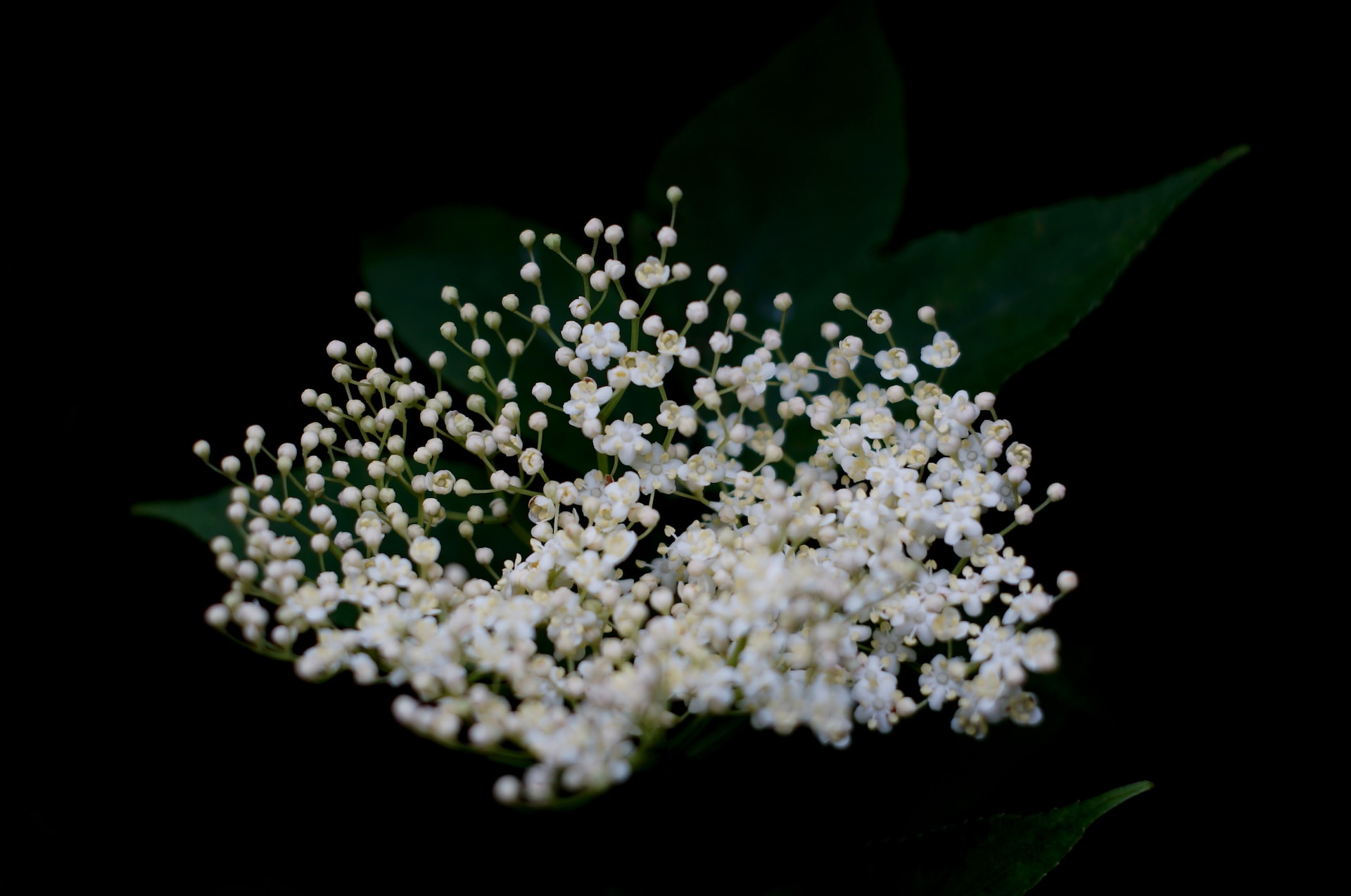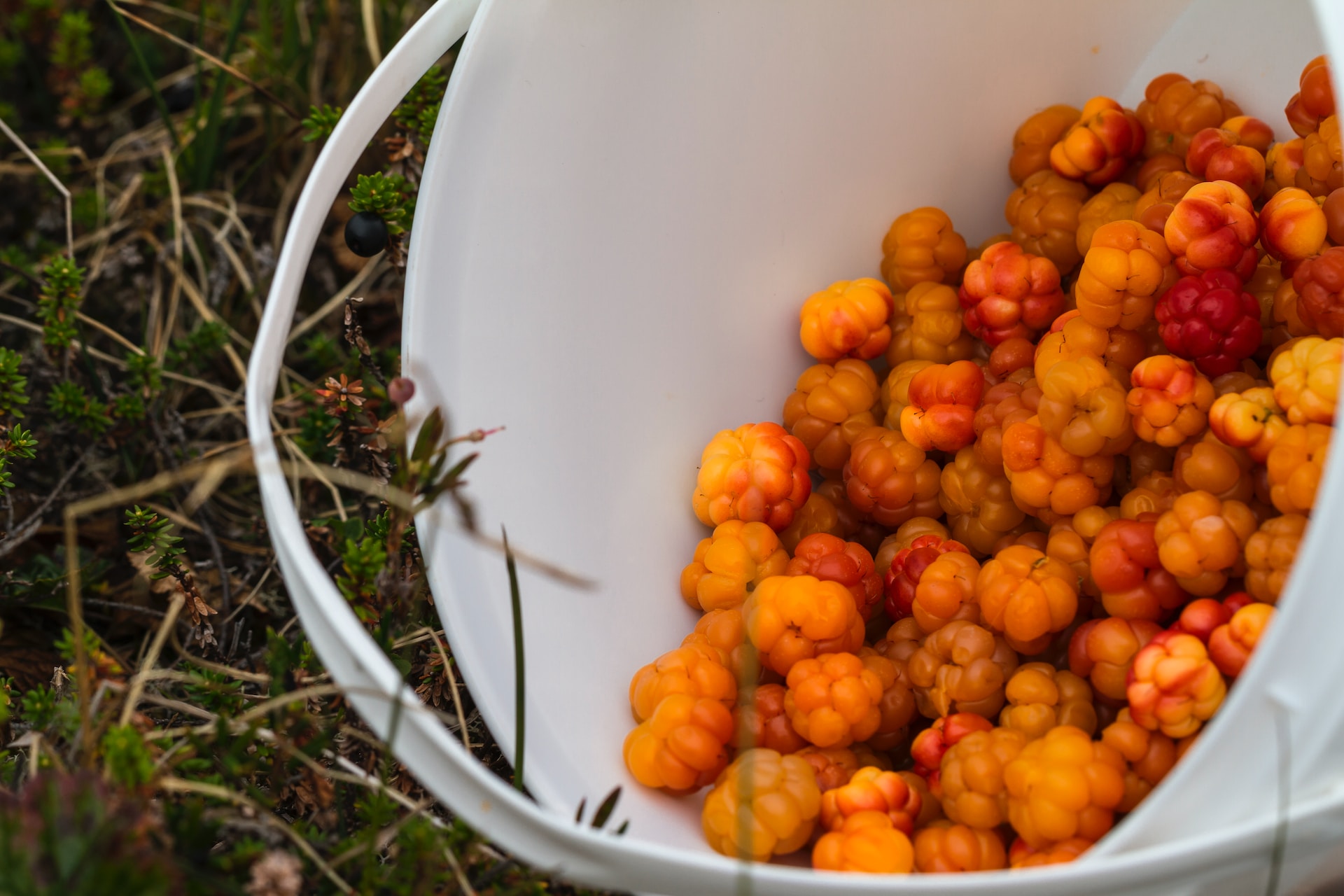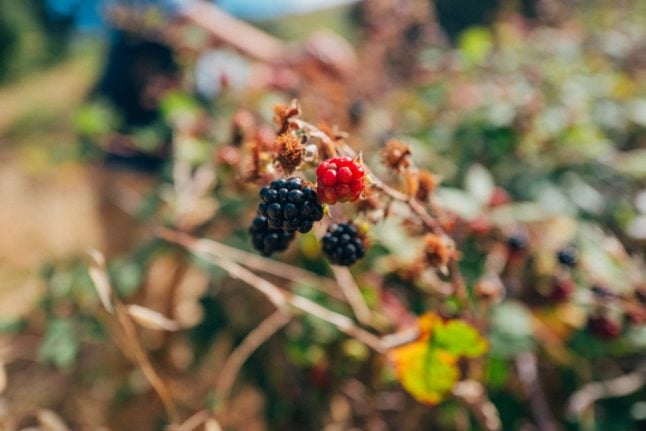Thanks to allemannsretten (the right to roam), the public’s access to nature in Norway is enshrined in law. The same rules also make it possible to forage for berries and wildflowers. This is the public’s right to harvest.
When in nature, you can forage for berries, mushrooms, wild nuts, and herbs. However, there are some conditions to these rules. You can pick wildflowers and forage for mushrooms if the population isn’t threatened or protected. Additionally, wild nuts must be eaten on the spot.
Also, you are forbidden from picking berries on farmland or close to other people’s houses without the landowner’s permission. You can also not forage in protected areas, such as nature reserves. Luckily the Norwegian Environment Agency has a map of all protected areas that you can view here (in Norwegian).
There are also special rules which apply to northern Norway. In Nordland and Troms, you can eat cloudberries you pick on-site but cannot take any with you if the landowner has prohibited foraging. Additionally, any cloudberries you pick in these areas must be for your own use, even if there is no signage saying foraging is prohibited.
When you pick your plants, remember to wash them thoroughly, be respectful of nature, and not take more than your fair share.
Hyll (elderflower)
Elder bushes have two uses. First of all, when flowering, you get elderflower. This can be used to make elderflower cordial or hylleblomst saft.
The flowers bloom in June and July. Then you get the elderberries in August, which you can use to make jams, cordial or even vinegar. When unripe, you can pickle them in salt. The end result, when pickled, is something similar to a caper.
Elder bushes are similar to red elder, which is toxic. Elderflowers grow in wide, flat round groups, and the berries are dark purple in colour.

Markjordbær (wild strawberries)
In June and July, you will find wild strawberries in Norway. These are small plants that grow strawberries smaller than you will typically find in supermarkets. However, what these strawberries lack in size, they make up for in flavour.
Wild strawberries are found on sunny forest floors and as far north as Finnmark, the northernmost county in Norway, and at altitudes of up to 1,200 metres above sea level. These strawberries are also found in meadows. The name in Norwegian translates to field strawberries in English.
These berries can be best enjoyed straight off the plant. You can also pick strawberries in most areas covered by Norway’s right to roam.
Due to their size, it can be hard to find enough to make jam or cordial with (you need around 1,400 berries for a litre of liquid), and a lot of the flavour disappears once the berries are cooked.

Bringebær (raspberries)
Raspberry bushes are around a metre tall and form dense thickets. Raspberries are common all over Norway and are typically ripe between July and August. The berries are great eaten on their own and can be used to make smoothies, jams and desserts.
You can tell a raspberry is ready when it is dark red and easily comes off the plant. When foraging, you should be sure only to pick fully ripe berries and leave some for your fellow outdoors enthusiasts.
Multer (cloudberries)
Cloudberries can be found between August and September. Don’t expect a lot of help finding a good spot to forage for them, though, as most Norwegians keep their go-to spots as closely guarded family secrets.
The plants can be found in lowland peatlands, swamp lands, heaths and wet, open areas with lots of sunlight. These berries can be tricky to find, and it can be anywhere up to eight years between a good harvest. The berries can be found as high as 1,400 metres.
The berries are ready when they are an orange or gold colour. When picked early, they are normally hard and sour. The berries are eaten fresh, frozen, saved for Christmas, or turned into jam.

Bjørnebær (blackberries)
When picking blackberries, with the season being between August and September, you’ll need to be careful of the thorns. Blackberries are perhaps the most abundant berry in Norway and are found all over southern Norway.
Blackberries can be eaten on their own or can be made into tasty jams. Foragers can tell they are ready when they are glossy, black and pull away from the plant easily.




 Please whitelist us to continue reading.
Please whitelist us to continue reading.
Member comments